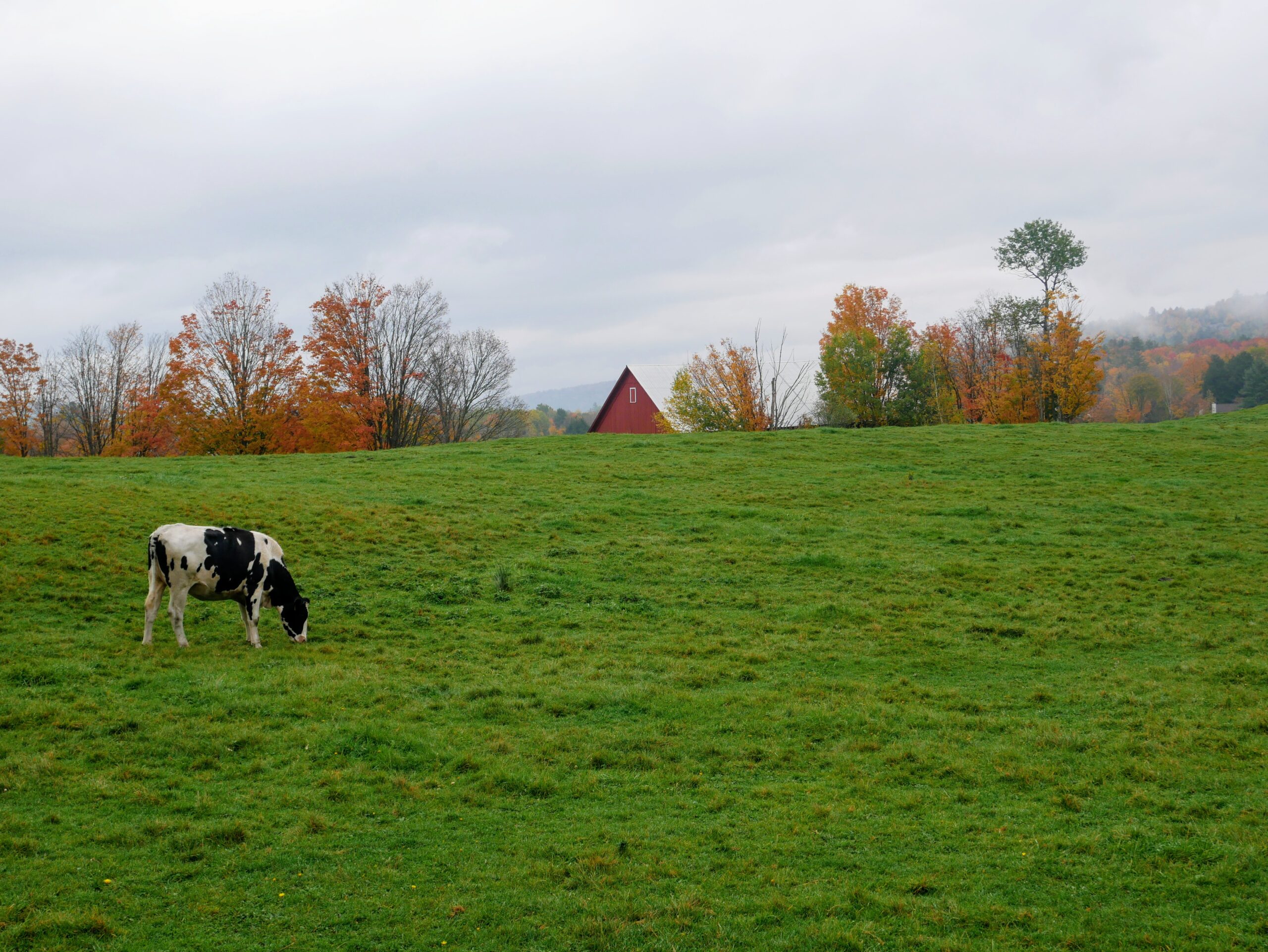For farmers and ranchers, conservation easements can be a powerful tool—offering long-term protection of their working lands while securing financial stability.
However, the fine print of these agreements can sometimes become a source of confusion or conflict, particularly when land transitions to the next generation or landowner. For example, when a new structure or irrigation system is planned.
Increasingly, farm owners are turning to their state’s USDA-funded mediation programs to help resolve disputes related to their conservation easements—before the situation escalates to litigation or regulatory enforcement.
When Easements Make Sense
Conservation easements, especially those supported by USDA’s Natural Resources Conservation Service (NRCS) through programs like the Agricultural Conservation Easement Program (ACEP), allow farm owners to voluntarily restrict the use of their land to achieve environmental goals. These easements can help:
- Keep land in agricultural use while preventing development.
- Preserve wetlands and critical habitats, improving water quality and wildlife populations.
- Provide financial compensation to farm owners, which can ease debt burdens or fund succession planning.
For many farmers, especially multi-generational operations, a conservation easement can be a way to ensure the land remains productive and intact for future generations. But what happens when interpretations of the easement terms begin to diverge?
Where Conflicts Arise: Case Studies
Disputes often emerge around what is or isn’t allowed on easement-restricted land in the following areas.
INFRASTRUCTURE
- Case study: A third-generation farmer installed fencing on his land to better manage his cattle and protect a nearby wetland, but the new structure violated the terms of his USDA conservation easement, which required approval for any changes near the protected area. After receiving notice of non-compliance, the farmer turned to the USDA’s Certified State Mediation Program to resolve the issue. Through mediation, the farmer and the NRCS reached an agreement to move the fence further from the wetland, ensuring both his livestock management goals and the conservation easement’s requirements were met. This collaborative process allowed the farmer to avoid costly penalties and reinforced his understanding of the easement’s terms, ultimately benefiting both his farm and the environment.
SUCCESSION PLANS
- Case study: As a senior generation of farmers considered how to pass on the farm to their eldest son, they also sought to recognize and give some of the land to their other children. They considered whether they could divide their property. The land trust was invited into the conversation to discuss what was possible. As a result, the farmers ended up exploring ways to create spaces for their other children to stay on the farm and to receive income that the farm would generate (but not subdivide the property) in order to stay in compliance with the easement terms.
AGRITOURISM
- Case study: A farm that turned to agritourism in order to keep their operation viable, received a notice of non-compliance from their land trust and was asked to cancel any agritourism activities from that point forward. In mediation, the parties were able to discuss what activities are allowed within the language of the easement and what were not. Together, the land trust and farmer developed a modified agritourism activity that would meet the terms of the conservation easement and allow the farm to generate income from agritourism.
NRCS & LAND MANAGEMENT PRACTICES
- Case study: A farm owner who entered into an NRCS conservation easement reached out to his state AMP for mediation when he received a non-compliance letter, and the expectation was for him to take the grant-funded greenhouse he had installed down and return the funds. In mediation, NRCS unearthed that due to an error made by the prior landowner, the current farmer was not at fault and shared a course of action that the farmer could take to (1) keep the green house and (2) not have to reimburse NRCS for the grant money involved, and (3) learned the steps that he could take to make sure he could qualify for future NRCS funds.
These are not uncommon scenarios, and they can be frustrating for farm owners who entered the agreement in good faith.
The Role of Mediation
USDA’s Certified State Mediation Program offers an accessible path forward. Through state-based mediation providers, farm owners, land trusts, and agency representatives can engage in structured dialogue, facilitated by a trained neutral mediator. Mediation is voluntary, confidential, and designed to help both parties reach a mutually agreeable solution, without the cost and rigidity of formal legal proceedings.
Unlike adversarial processes, mediation allows space for education, clarification of contract terms, and relationship repair. Farm owners may bring in legal counsel, technical experts, or agricultural advocates to support their case, while land trust and agency staff can clarify regulatory requirements and offer potential accommodations.
A Preventive Tool, Not Just a Last Resort
Farmers who engage in mediation early—at the first sign of misunderstanding—are often better able to maintain control over the outcome. Mediation can also prevent a small disagreement from escalating into a regulatory violation or funding clawback.
Mediation can also be useful at the early stages when conservation easements are being created to ensure that the needs of the current and future agricultural operation are taken into consideration.
As conservation easements become more common in American agriculture—especially with increasing climate and water quality goals—mediation can help ensure that trust, transparency, and cooperation remain at the center of federal conservation policy.
If you are a farm owner with questions or concerns about an existing conservation easement, your state’s USDA-certified mediation provider could be the first step toward resolution.
Even if you are not certain that mediation could be of use in your situation, know that you are welcome to contact your state mediation program to have a free, confidential conversation to discuss what is going on.
The state program will let you know if mediation is an option or will direct you to other resources that may be of help in your situation.
Find your state’s certified mediation program here.
Contact us in the following states:
California
Hawaii
New Hampshire
Vermont


